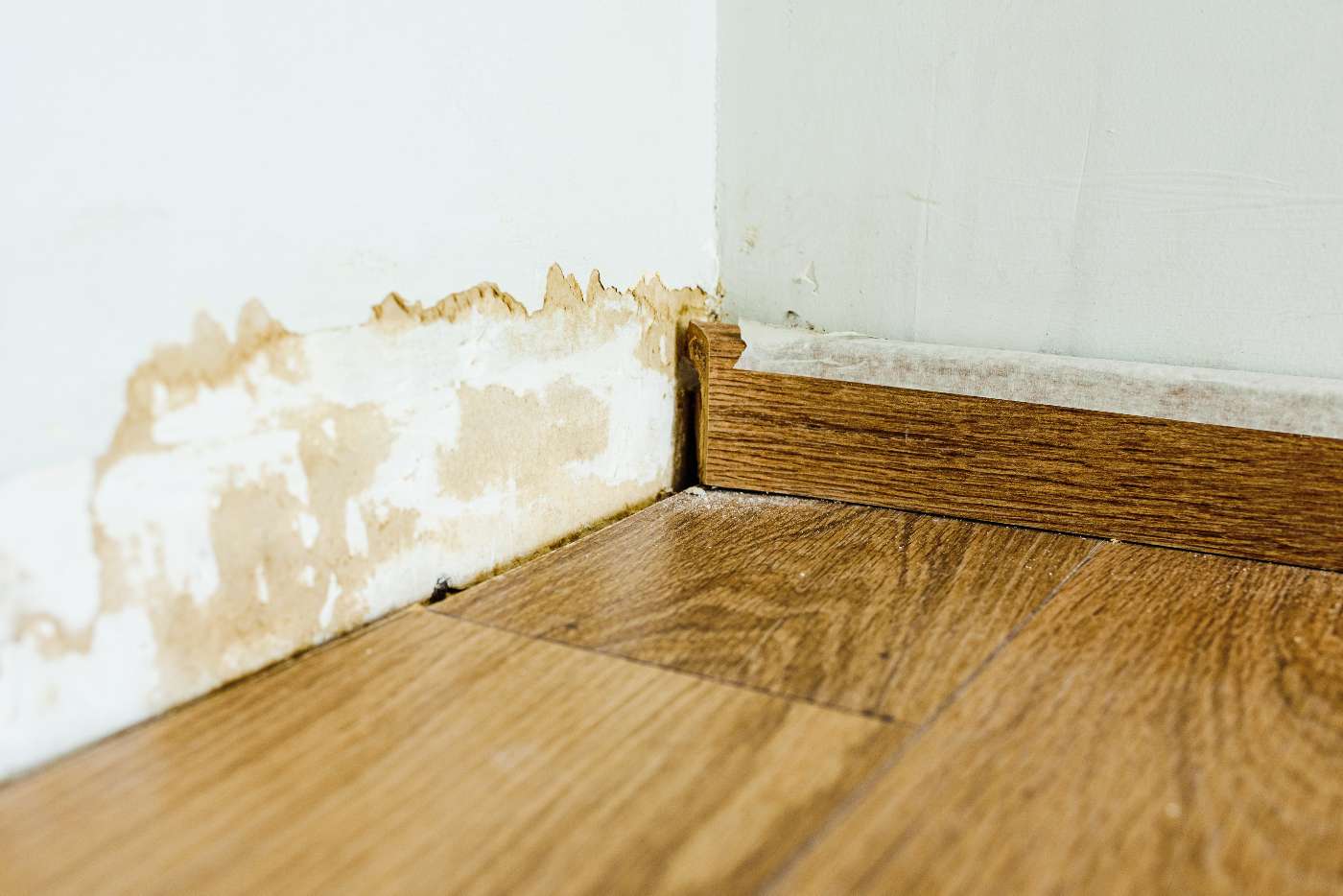Mold is typically a warning sign that you should put that sandwich at the back of the fridge. Some household mold, on the other hand, can be hazardous. For example, mycotoxin is produced by a small number of mold species and can induce respiratory problems, headaches, and even lasting neurological damage. A runny nose, sneezing, or a foul odor are less severe but bothersome symptoms of a household. If you think you may have mold, taking action is essential. This blog will help you identify the signs of mold and what to do about it.
Peeling wallpaper
While some browning and scruffiness are unavoidable with wallpaper, significant peeling or surface anomalies such as bubbling or cracking might suggest the presence of dampness in the wall. Mold grows in the presence of moisture. Therefore, keeping an eye on your walls and paying particular attention to any places that appear moist or twisted can help determine if mold is present.
Fungus in the Furniture
Mildew is drawn to wet leather and wood, and mold substances are more likely to get trapped in porous materials such as upholstered furniture and foam. Therefore, examining the fiber of your furniture regularly for discolored areas, fluff, or spores can help identify a problem before it becomes severe.
Persistent asthma or allergy attack
Certain mold species produce a toxic compound known as mycotoxin, which can cause respiratory problems in those with allergies or asthma (and anyone else, for that matter). So if you've ever found yourself sneezing, coughing, feeling tired, or blowing your nose regardless of the season, It may be time to assess the property thoroughly.
Dark or colored spots on your walls
Mold may take on a variety of forms, textures, and hues. It can resemble anything, from green, oozing slime (which you'd surely notice) to seemingly harmless grey fluff. If you notice your walls are separating in places, make sure there isn't a leak in the pipes or excessive humidity in the area. You can do the inspection yourself or call in a professional who can provide a detailed of the severity of the mold problem.
You feel itchy
Most people know mold can develop in basements, but did you know it may also infest garments? Particularly moist garments. If you often leave a damp towel on the floor or dry your clothing on a rack, mold development on the fibers may irritate your skin. To avoid this, it's best to dry wet clothing as soon as possible and avoid leaving damp towels in the restroom.
There's a musty odor
If your home is suddenly smelling mustier than usual, even after cleaning all of the typical suspects, you may have a mold problem. If the scent worsens in one part of your house or even one corner of a room, this might be a sign that the nasty stench in your home is caused by mold rather than going too long between vacuumings. Mold might be the source of the peculiar odor after you've scrubbed the carpet, steamed the drapes, and removed the garbage.
When should a professional be called to remove mold from an individual's home?
If you are experiencing respiratory illness or any other symptoms indicative of mold exposure, it is essential to call a professional immediately. Mold can cause serious health concerns and should not be taken lightly. Professionals familiar with mold removal protocols can identify and remove the mold from your home without causing further damage.
Mold can be a problem in any home, but it is hazardous in buildings with high moisture levels. If you suspect you have mold, taking the necessary precautions can save your health and potentially prevent damage to your property.

